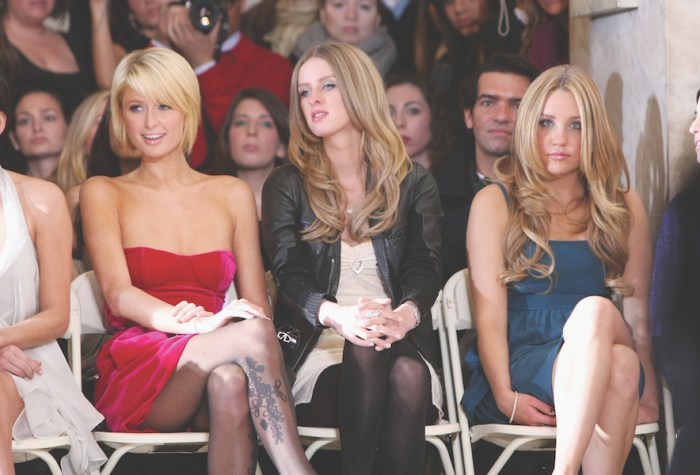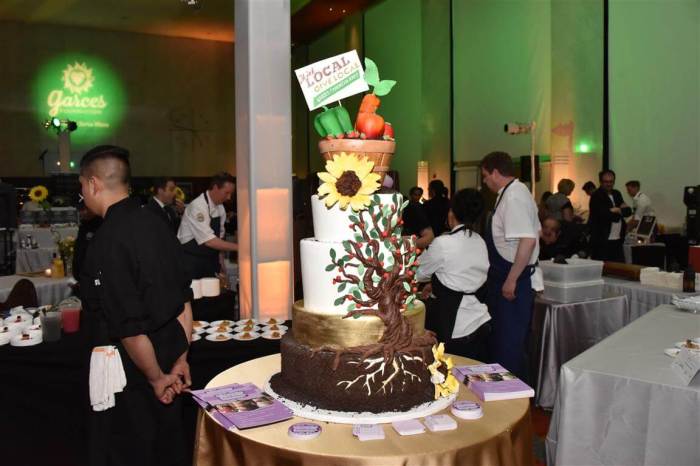 “Tears of grief” –from Rose-Lynn Fisher’s “The Topography of Tears.” Credit: Rose-Lynn Fisher
“Tears of grief” –from Rose-Lynn Fisher’s “The Topography of Tears.” Credit: Rose-Lynn Fisher
Rose-Lynn Fisher was so keen on her microscopic art that she was literally reduced to tears. In her series “The Topography of Tears”, the Los Angeles-based photographer has captured tears of grief, joy and remembrance, and explored how their different physical ‘terrains’ represent the gamut of mankind’s emotions.
What inspired you to turn human tears into art?
One day I was crying but stopped and wondered if my tears of grief would look any different from tears of happiness. When I magnified them on a microscope, what I saw evoked a sense of place, like an aerial view of my emotional terrain. I was so intrigued by this that I started a project, which now comprises 100 of my own and others’ tears.
How did you go about photographing the tears?
I collect a tear, put it onto a glass slide and view it through a standard microscope, magnified 10 to 40 times. After the tear sample has been either air-dried or covered, I photograph it using a digital microscopy camera.
They do look like strange landscapes.
Exactly. I marvel at the visual similarities between the microscopic world and the macro world of landscapes.Patterns of erosion etched into the earth over millions of years can look like the branched crystalline patterns of an evaporated tear that formed in less than a minute. But the tears are also evidence of our inner life. Wordless and spontaneous, tears release us to the possibility of realignment, reunion and catharsis. It’s as though each of our tears carries a microcosm of the collective
human experience.
Your project mixes both science and art. But where do you draw the line between the two elements?
It’s a difference between repetition and variation. For the project to have validity in science, the experiments have to be repeated and achieve the same result. But to be grounded in art, it’s about finding the variations, discovering subtle differences and wide diversities.
















